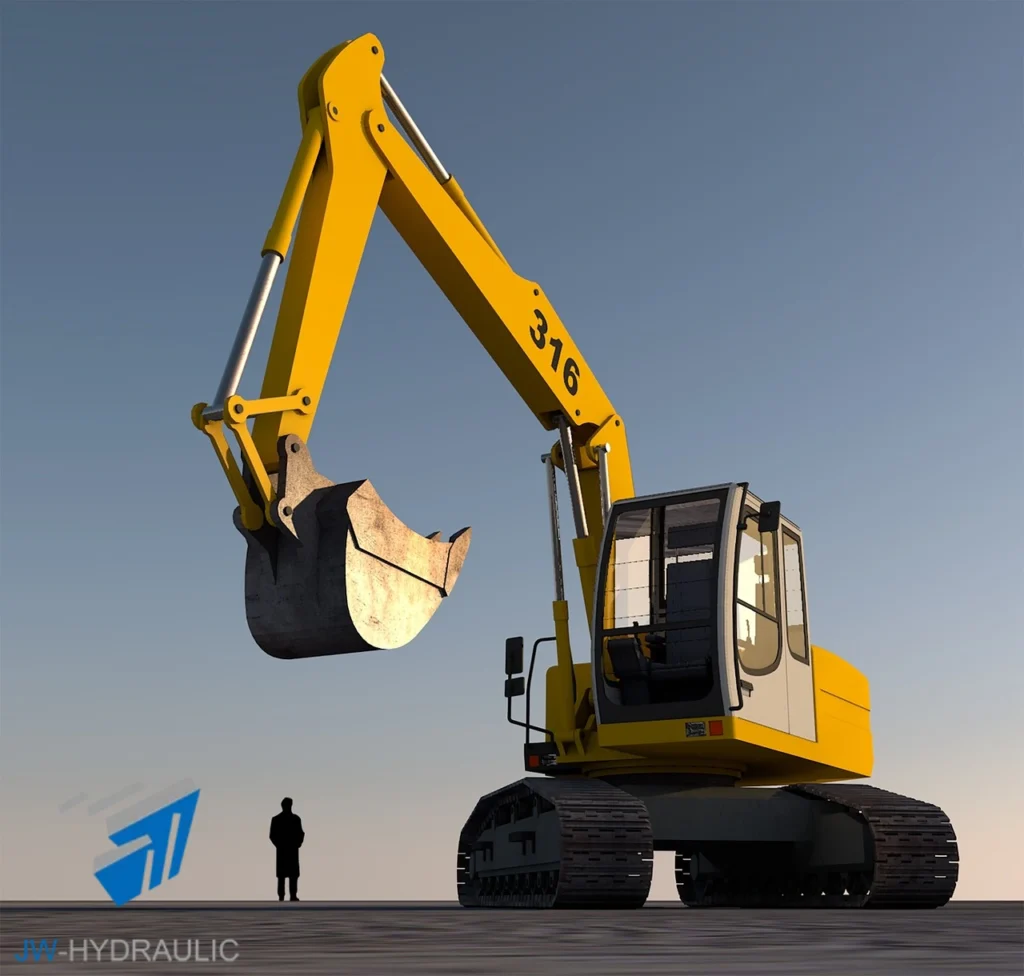
Green and Low-Carbon Technologies in Construction Machinery
Discover how green technologies like lightweight design, hybrid power systems, and emission regulations are transforming the construction machinery industry. Stay ahead with eco-friendly innovations!
The construction machinery sector is undergoing a seismic shift as sustainability becomes a global priority. With stricter environmental regulations and rising demand for energy-efficient solutions, manufacturers are racing to adopt green and low-carbon technologies. In this blog, we explore the hottest trends driving this transformation and how they’re reshaping the future of construction equipment.
1. Lightweight Design: Reducing Weight, Boosting Efficiency
The push for lightweight construction machinery is no longer optional—it’s essential. By integrating advanced materials like high-strength steel and carbon-fiber composites, manufacturers are slashing equipment weight without compromising durability.
Why it matters:
Lower fuel consumption: Lighter machines require less energy to operate, cutting CO₂ emissions.
Improved mobility: Compact designs enhance maneuverability on job sites.
Cost savings: Reduced material usage lowers production costs and extends component lifespan.
For example, modern excavators and cranes now feature lightweight booms and frames, delivering the same power with a smaller carbon footprint.
2. Hybrid Power Systems: Balancing Performance and Sustainability
Hybrid technology is revolutionizing construction machinery, particularly in energy-intensive equipment like cranes and excavators. Combining diesel engines with electric motors, these systems optimize fuel efficiency while maintaining high torque and power output.
Key benefits:
Fuel savings: Hybrid excavators can reduce diesel consumption by up to 30%.
Lower emissions: Electric modes enable zero-emission operation in sensitive environments.
Regulatory compliance: Meets stringent emission standards in urban and indoor projects.
Brands like Komatsu and Caterpillar are already deploying hybrid models, proving that sustainability and productivity can coexist.
3. Emission Regulations: A Catalyst for Innovation
Global governments are tightening non-road machinery emission standards, forcing manufacturers to rethink traditional diesel engines. The EU’s Stage V, China’s National IV, and the U.S. Tier 4 Final regulations mandate drastic cuts in particulate matter (PM) and nitrogen oxides (NOx).
How companies are adapting:
Cleaner engines: Advanced exhaust aftertreatment systems (SCR, DPF) minimize pollutants.
Electrification: Fully electric loaders, compactors, and forklifts are gaining traction.
Alternative fuels: Hydrogen and biodiesel trials are underway for heavy machinery.
These regulations aren’t just hurdles—they’re opportunities to lead in a greener market.
4. The Road Ahead: Digitalization Meets Sustainability
Emerging technologies like IoT and AI are amplifying the impact of green innovations. Telematics systems now monitor equipment performance in real-time, optimizing fuel usage and predicting maintenance needs.
Future trends to watch:
Hydrogen-powered machinery: Zero-emission solutions for heavy-duty applications.
Circular economy: Recycling components and repurposing materials.
Smart job sites: Renewable energy integration (e.g., solar-powered equipment).
Embrace The Green Revolution
Adopting green technologies isn’t just about compliance—it’s a competitive edge. Clients increasingly favor contractors using eco-friendly machinery, and governments offer incentives for low-emission projects. By investing in sustainable equipment today, you future-proof your operations and align with global climate goals.
